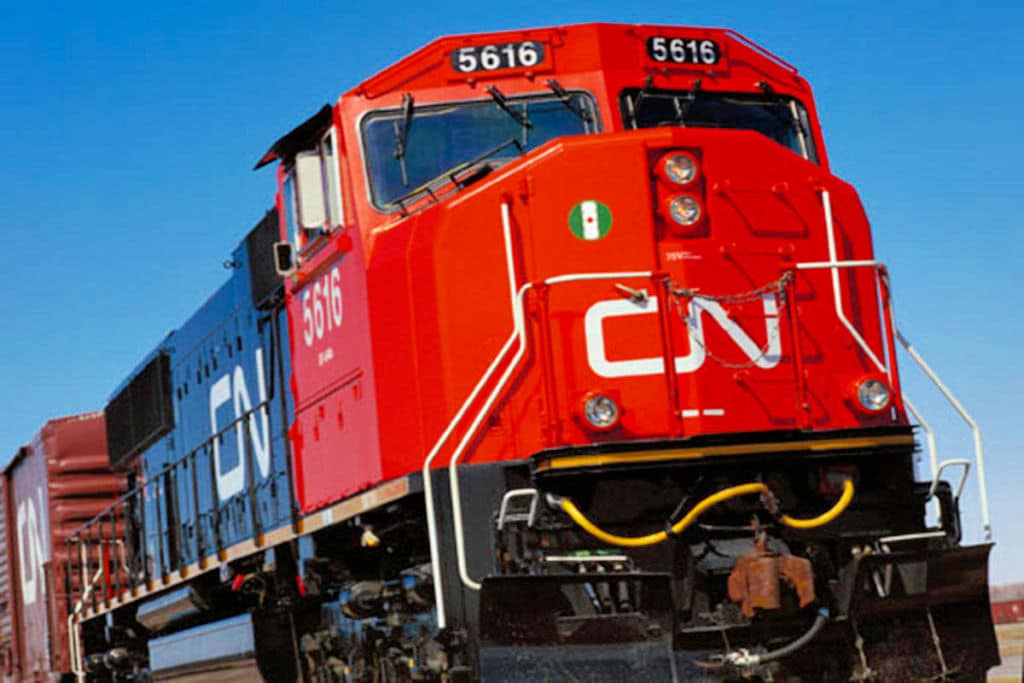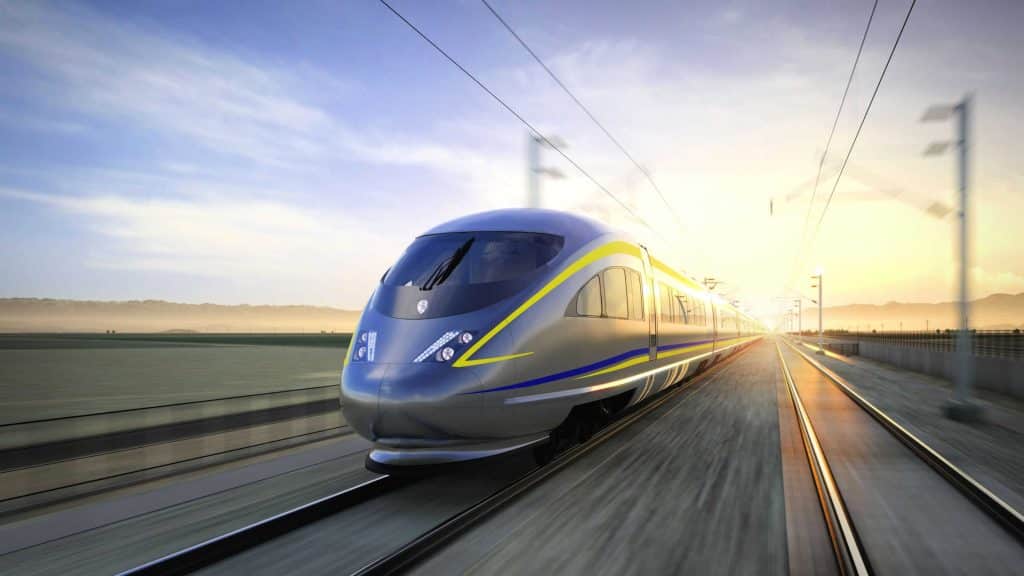So why do trains honk, people always ask me? Trains honk overall for safety purposes. The train horns let people know that the train is now coming near the railroad crossing. It is also to alert the trespassers on the track to get away from it.
Also, the train honks in some cases to warn animals that are on or close to the tracks and to avoid accidents along the way.
Not only that but the Federal Railroad Administration, also known as FRA, mandates trains to sound the horn in a sequence of long, long, short, and long. It is to alert people who are at the grade crossings.
Now that you know why do trains honk, it’s time for us to learn more about the history of train horns.

History of Trains Honking
Since the beginning of the railroad in the 19th century, trains have been a part of transportation throughout the cities and rural countryside.
With the enormous weight and inertia of trains on fixed tracks, a collision cannot always be avoided. To try to avoid collisions, trains have already been equipped with loud horns or bells to alert people or animals that the train is coming.
Furthermore, the train horns are quite loud, so strict regulations must be applied. These regulations consist of knowing when and for how long a horn must sound.
In the United States, the trains follow the rules of the Federal Railroad Administration (FRA). The rule states that whenever the train passes a grade crossing with a sign of “W” or “W/MX” the train must blow its horn.
The Northeast Operating Rules Advisory Committee or NORAC also created rules about the horn usage for the operating trains. The horn usage is stated in the NORAC Rule 19. And here is a summary of this rule.
NORAC Rule 19: Engine Whistle or Horn Signals
These signals are illustrated by “o” for short sounds and “—” for long sounds. Unnecessary use of the whistle or horn is prohibited. The following are how the horns must be sounded:
- “—” – The crew members must apply brakes
- “— — o — ” – The train is approaching at a whistle sign that displays “W” or “W/MX”. The other meaning is that it is approaching and passing standing trains.
- Succession of sounds – Used as an alarm when the people are on the track.
- “— o” – The train is approaching the roadway workers or their equipment on or near the tracks.
- “o o o” – It is a sign for the train to back up whether it is stopped or has an acknowledgment of the hand signal.
- “o o” – It is a stop signal or acknowledgement of any signal not otherwise provided for.
- “o o o o” – It is a call for signals.
If the train honk or whistle fails en route, they must take the following actions:
- The dispatcher must be notified as soon as possible.
- If the bell is equipped, they must ring it continuously.
- The train must stop before the public highway crossing at grade.
- Train must reduce its speed not exceeding 30 MPH when approaching locations that have people working.
- Also, it must reduce its speed to other locations that have prevailing conditions.

The Train Station Honk
Often you will hear a train honk when you are waiting for another train. As trains approach the station they will honk to warn people that they are arriving or passing through.
This is essentially a warning sign and when you hear it you must be alert and look around you.
With strict regulations enforced in the railroad industry, you can rest assured that the train on the railway honking is doing so for a reason.
So let’s go back to the question, why do trains honk.
Whenever you hear a loud honk from a train, it means that you need to get away from its track.
Always remember that the loud honks from the train are for your safety, so don’t you dare ignore them.
To know more about trains, check out our other articles HERE.

